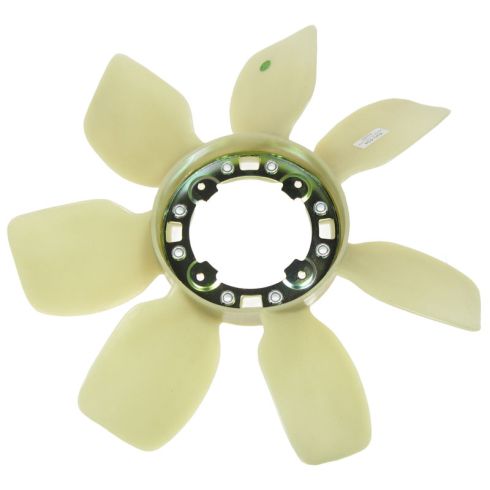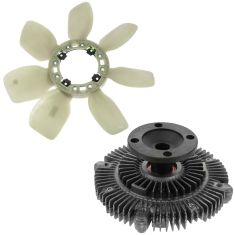1ARFB00001-Toyota 4Runner T100 Tacoma Tundra Radiator Cooling Fan Blade TRQ RFA89804

Replaces
2000 Toyota Tacoma V6 3.4L Radiator Cooling Fan Blade TRQ RFA89804

Product Reviews
Loading reviews
5.00/ 5.0
1
1review
April 26, 2022
Works good
Customer Q&A
No questions have been asked about this item.
Toyota is a registered trademark of Toyota Motor Corporation. 1A Auto is not affiliated with or sponsored by Toyota or Toyota Motor Corporation.
See all trademarks.







